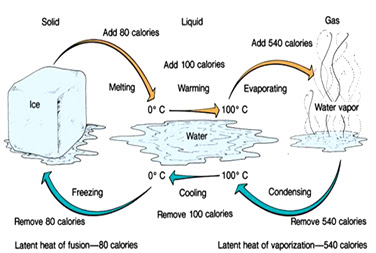- - Autotrophic & heterotrophic marine bacteria
- - < 2 um, Microscopic, unicellular
- - Removed from water by 0.45 μm/0.2 μm
Plankton
-
Phytoplankton
o
Abundant,
widely distributed
o
Microscopic
floating plant, < 100 m from surface
o
2 – 200 μm
o
Plankton
net tow 60 μm (count & biomass determination)
-
Collecting phytoplankton
o
Standard
conical net = fine mesh & 1m ø mouth
o
Towed
behind ship at set distance
o
Number of
organisms present / species diversity = organism count & filtered volume of
water
o
Primary
productivity determination = chlorophyll-a determination
-
Zooplankton
o
Small
herbivorous / carnivorous animals
o
Feed on
phytoplankton / zooplankton
o
20 – 5000
μm
o
Bongo net
of 333 μm / 500 μm (estimate count, sp. diversity, biomass determination)
o
Limited to
upper sunlit zone, but deeper
-
Benthos
o
Trawling
technique: beam trawl (burrows)
o
Infaunal
(sometimes sedimentary) & epifaunal benthos, size distribution, sampling
o
All depth
sediment has epi- & infaunal of different density
o
Size division:
§ Megafaunal >20cm
§ Macrofaunal 20cm – 0.5mm
§ Meiofaunal 0.5mm – 50μm
§ Microfaunal 50μm – 0.5μm
Diversity &
Stability
- - Community diversity = species number @ a time (mathematically documented)
- - High density à High species; few individuals/species
- - Diversity indices (quantifies community diversity all environment)
o
Simpson
index
o Shannon function
N = total individuals of all species
ni = number of individuals in ith species
*Common logarithm bases are 1, 10, & e
- - Community stability depends on time & less defined. If diversity, sp. composition changed little, then community is stable.
- - Diversity Index esp. used in transects to examine impact of pollutants (land pollution on coastal water & oily water from oil field)
Coral reef
- - Occupies 1% of oceans
- - Shallow warm subtropical & tropical water, >3000 species
- - From coral skeleton, <20m
- - Zooxanthellae, symbiotics photosynthetic algae (dinoflagellates) live in endoderm cells of coral
Great Barrier Reef
- - Stretches 2600km, area 344,400km2, > 2900 individual reefs
- - Off Queensland coast
Nekton
- - Highest-trophic-level organisms in estuaries/oceans sustains locomotion for prey
- - Fish, crustaceans, cephalopods, seabirds, marine reptiles & mammals




